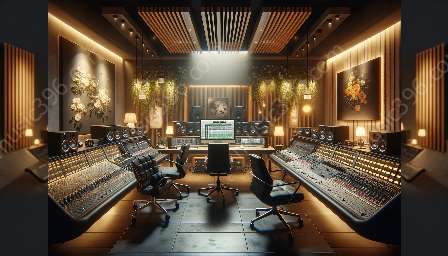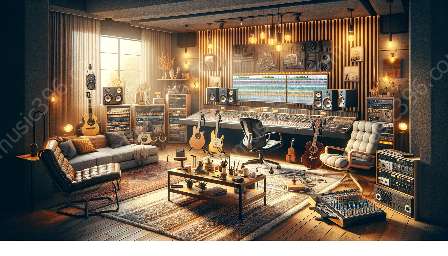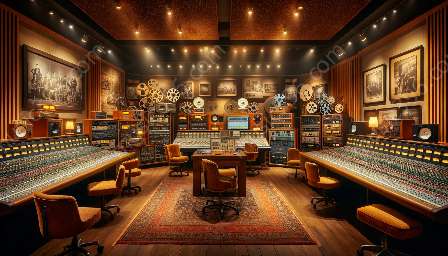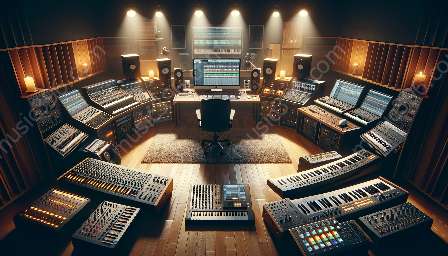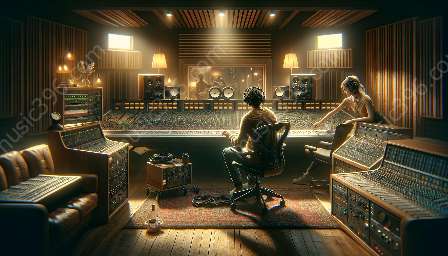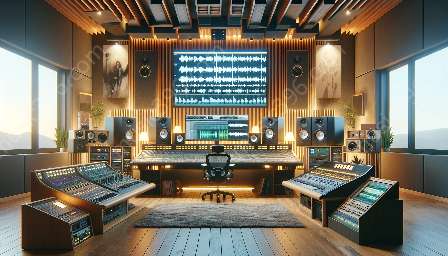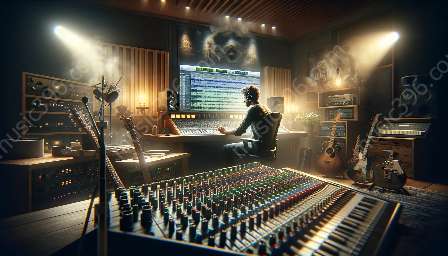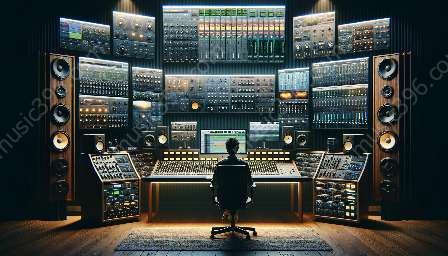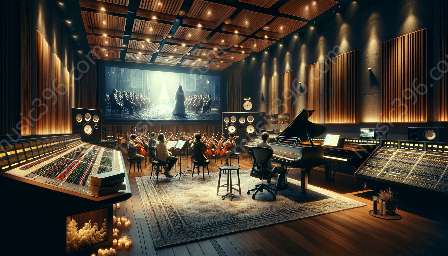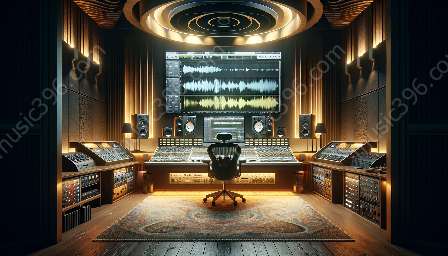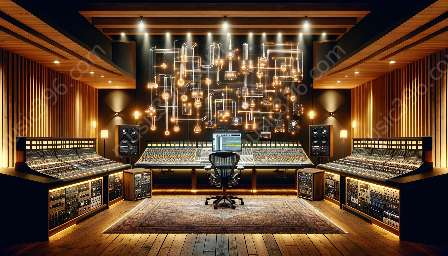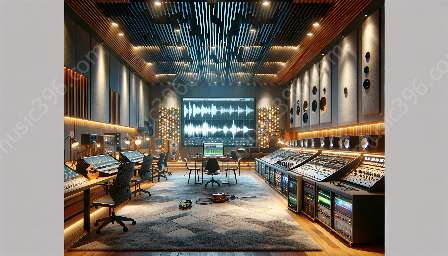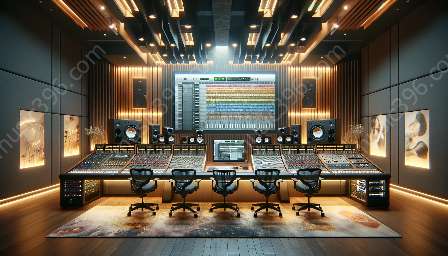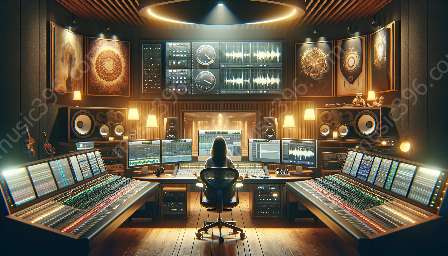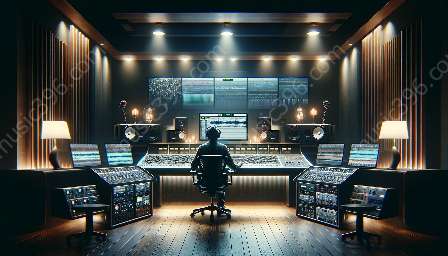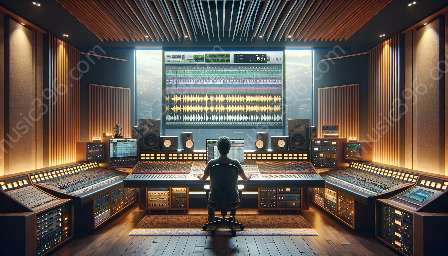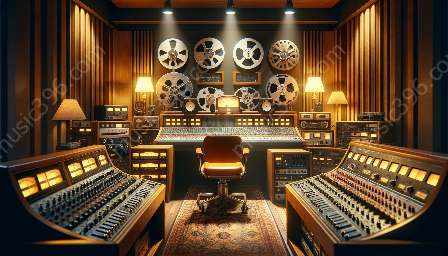In the world of sound recording, the debate between analog and digital recording has existed for decades. Both forms have their respective strengths and weaknesses, especially when it comes to signal processing. The choice between analog and digital recording can significantly affect the final sound quality, particularly in the context of music recording and traditional tape machines.
Analog vs. Digital Recording
Analog recording involves storing audio signals in a continuous form, while digital recording converts sound into a series of numbers. Signal processing refers to the manipulation and enhancement of these audio signals, and the differences between analog and digital recording influence this process significantly. Understanding these differences is essential for anyone involved in music production or sound engineering.
Analog Recording and Tape Machines
Before the digital era, analog recording was the primary method for capturing and preserving sound. Traditional tape machines, such as reel-to-reel units and cassette decks, played a crucial role in this process. The analog signal processing in these machines involved techniques such as magnetic imprinting and playback via physical tape, resulting in a distinct warmth and character in the recorded audio.
Digital Recording's Impact on Music Production
In recent years, digital recording technology has become increasingly prevalent in music production. The transition from analog to digital signal processing has brought many advantages, including enhanced precision, flexibility, and the ability to manipulate sound with unparalleled accuracy. However, some argue that digital recording lacks the warmth and depth associated with analog sound processing, especially when considering the impact on music recording.
Signal Processing in Analog Recording
Analog signal processing involves the use of electronic circuits and physical media to modify audio signals. This approach often results in a smooth and natural sound, characterized by subtle harmonic distortions and a rich tonal quality. When applied to music recording, analog signal processing can impart an organic and vintage feel to the audio, contributing to its overall charm and appeal.
Signal Processing in Digital Recording
On the other hand, digital signal processing relies on converting audio signals into digital data, which can then be manipulated using software and advanced algorithms. While digital recording offers unparalleled accuracy and reproducibility, some argue that it may lack the warmth and character associated with analog signal processing. In the context of music production, digital signal processing has revolutionized the industry by offering unprecedented control and precision over the recorded sound.
Comparing the Two Approaches
When comparing analog and digital signal processing, it's important to consider the specific characteristics that each method brings to the table. While analog processing may provide a more organic and authentic sound, digital processing offers greater flexibility and control over the audio signal. Music recording professionals often weigh these factors carefully, considering the specific sonic qualities they wish to achieve in their recordings.
Conclusion
Signal processing in analog and digital recording plays a critical role in shaping the sound we hear in music and other audio productions. Understanding the unique characteristics of each approach is crucial for making informed decisions in music recording and sound engineering. While analog recording and tape machines have their nostalgic charm and warmth, digital recording offers unparalleled precision and flexibility, making them both valuable tools in the modern recording industry.



